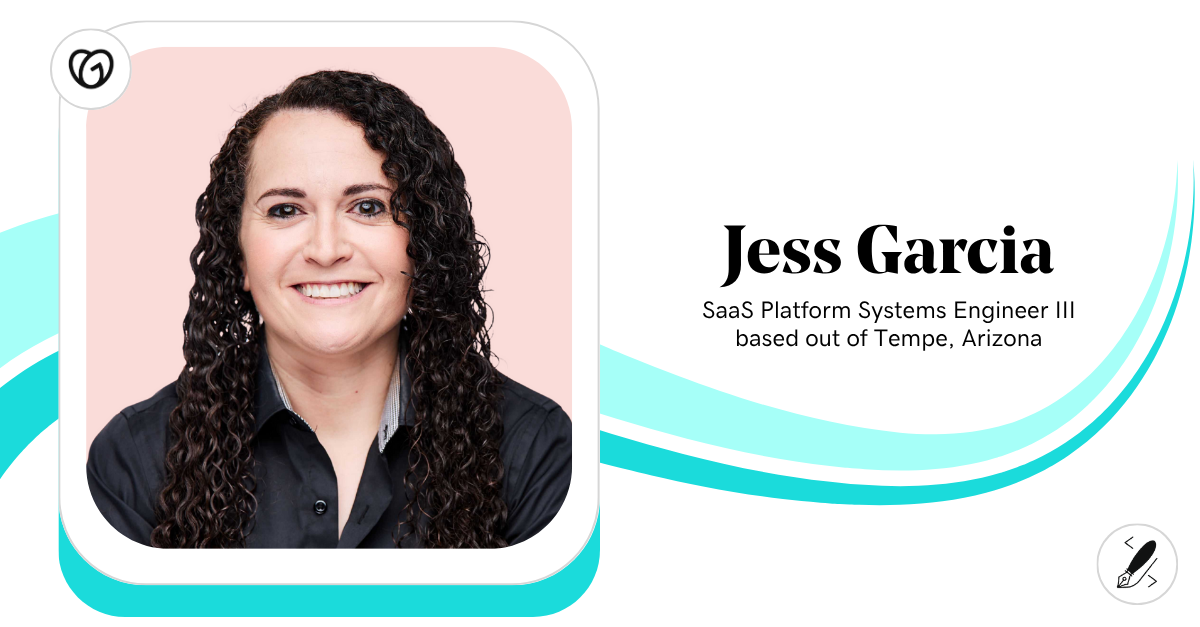What is one tip for picking the best template for a website?
To help you pick the best template for your website, we asked CEOs and founders this question for their best tips. From keeping it SEO-friendly to checking for responsiveness across devices, there are several points to consider when choosing your website template.
Here are 10 tips for picking the best website template:
- Keep it SEO-friendly.
- Ensure fast loading times.
- Stay simple and on-brand.
- Make sure it supports your goal.
- Check that support is available.
- Consider customization capabilities.
- Pick a template that resonates with your audience.
- Choose a user-friendly option.
- Use dummy content and a WP test.
- Check for responsiveness across devices.
1. Keep it SEO-friendly
Keep it SEO-friendly. At first glance, it may not seem like the template you choose is important for your site's SEO, but it's critical. Poorly coded templates that take a long time to load can damage your ranking on search engines like Google. You also should look for designs that are easy to navigate and optimized for search. By putting in the extra time to find a highly organized, well-coded template, you improve your site's odds of showing up high in search results.
Lisa Odenweller, Kroma Wellness
2. Ensure fast loading times
People are way too focused on website design when they should focus on website page speed, clarity of the message, and the one goal they want to achieve. A common mistake is to choose templates that have high design flexibility and a lot of features. While these templates make a great selling proposition, they are often bloated with unnecessary code. This makes the pages slow and hinders high Google rankings.
Further, design-heavy templates jeopardize a clear message. This makes it harder to achieve your goal. Whether it is demand generation, lead generation, or turnover. Only in the case of pure branding purposes, a design-heavy template makes sense. But still, one that loads fast. Or do you want your brand to be perceived as slow?
Stephan Wenger, B2B Marketing World
3. Stay simple and on-brand
The biggest mistake business owners make is to select very elaborate templates because they look great. The issue there is that this also means that you'd have to do a ton of work to customize every detail of that template and make it your own. Oftentimes this results in creating a website that looks sloppy. Instead, if the focus is on finding a great template that already feels on brand, and that is relatively clean and simple, then it's much more likely to use it and create a website that stays clean and looks professional.
Rafael Romis, Weberous Web Design

4. Make sure it supports your goal
When you're choosing a template for your website, start with the end in mind. Don't get too hung up on the bells and whistles. Sure, you want to make sure that your site is easy to navigate and looks great, but what really matters at the end of the day is how well it accomplishes YOUR goals. If you're trying to sell something, then you need a template that helps you do that most effectively. If you're trying to provide information or promote a cause, then think about how to structure your content so that it's easy for people to find what they're looking for and share it with their friends. When picking out a template, think about what your goal is—and then pick one whose design best supports that goal.
Ishu Singh, Starting to know

5. Check that support is available
One aspect of choosing a template theme that gets regularly overlooked is the availability of support following your purchase. Particularly for website owners who are not used to editing code to make updates, support is a vital component in ensuring that you're covered if your theme breaks due to a site update, or if you're experiencing bugs that you do not know how to resolve. Most importantly, if a theme update from the side of the developer you purchased the theme from is what breaks the site, then you're going to need to know that and be rest assured that the issue will be fixed.
JM Littman, Webheads
6. Consider customization capabilities
To give your website a more unique feel, I think you'll need to make some changes to your template. A good website template may be modified to match your company's overall look, including color schemes, your logo, and branding. If you don't customize the template you've chosen, your company won't stand out much from its many competitors and will instead disappear into the background. Your website won't ever stand out among the thousands of websites that use the same template if you simply rely on them with little to no original content. Before you start the selection process, think about how much customization you require as this will enable you to narrow your options.
James Crawford, DealDrop
7. Pick a template that resonates with your audience
Depending on how well you know your audience, you should choose a template that best resonates with them implicitly regarding colors, form, fonts, and structure. Based on neuroscientific research, some groups of people prefer colors such as red, black, and gold in combination with straight lines and a clean design that signals quality, performance, and dominance (think of ferrari.com).
Other groups prefer yellow, orange, or even a varied color palette and are drawn toward image-rich and playful design with lots of details (think of ikea.com). The most popular and highest-rated website template can fail if it does not align with your audience's innate preferences. If you don't know your audience that well, yet, pick a template that offers a variety of styles (especially colors) that you can easily switch between and test over time.
Robert Weller, toushenne.de
8. Choose a user-friendly option
If there’s one aspect to focus on when picking a template for a website, it is that it should be user-friendly. While there are many different templates available, one of the things that can make or break a website is how user-friendly and easy to comprehend it is. Your website template needs to make sense, be coherent in its logic, visually appealing and show the most important aspects of the website without struggle. The more user-friendly it is, the more likely it is for users to actually use it.
Jenna Nye, On the Strip

9. Use dummy content and a WP test
Dummy content is one hack for selecting a new website layout. I use dummy content to see how easy the layout is to use and customize. Pay attention to things like navigation, menus, and sidebars. Make sure everything is easy to find and use. Check for your CTA buttons and how they stand out. How do you go about finding the dummy content that you need?
I use a plugin like WP Test. It provides a lot of different types of content and it’s easy to install and activate. Once you use WP Test to generate some content, take a look at your site to see how easy it is to find and use the different elements. Those different elements are what you’ll be working with when you customize your site. If they’re easy to find and use in the dummy content, they’ll be easy to find and use when you add your own content.
Shawn Ryan, Techtopia
10. Check for responsiveness across devices
In the past decade, I've worked with hundreds of healthcare clients, understanding their needs, which also includes website design. I just have one tip (and it's quite an important one) for anyone out there looking to build their website via a template.
Whatever platform or template you choose, make sure that the template is responsive. And by responsive, I mean your website layout should adjust automatically across different devices, be it mobile, or tablet. That's because a major portion of web traffic comes from mobile or hand-held devices. Mobile phones are now common these days and most people use it to consume information and content, and if your site is not responsive, then you will miss out on a major chunk of web traffic and potential customers. Doesn't matter what type of business you run with your website, having a responsive layout will help you enhance your reach to a wider network of users.
Sangeeta Kumar, Healthcare DMS






